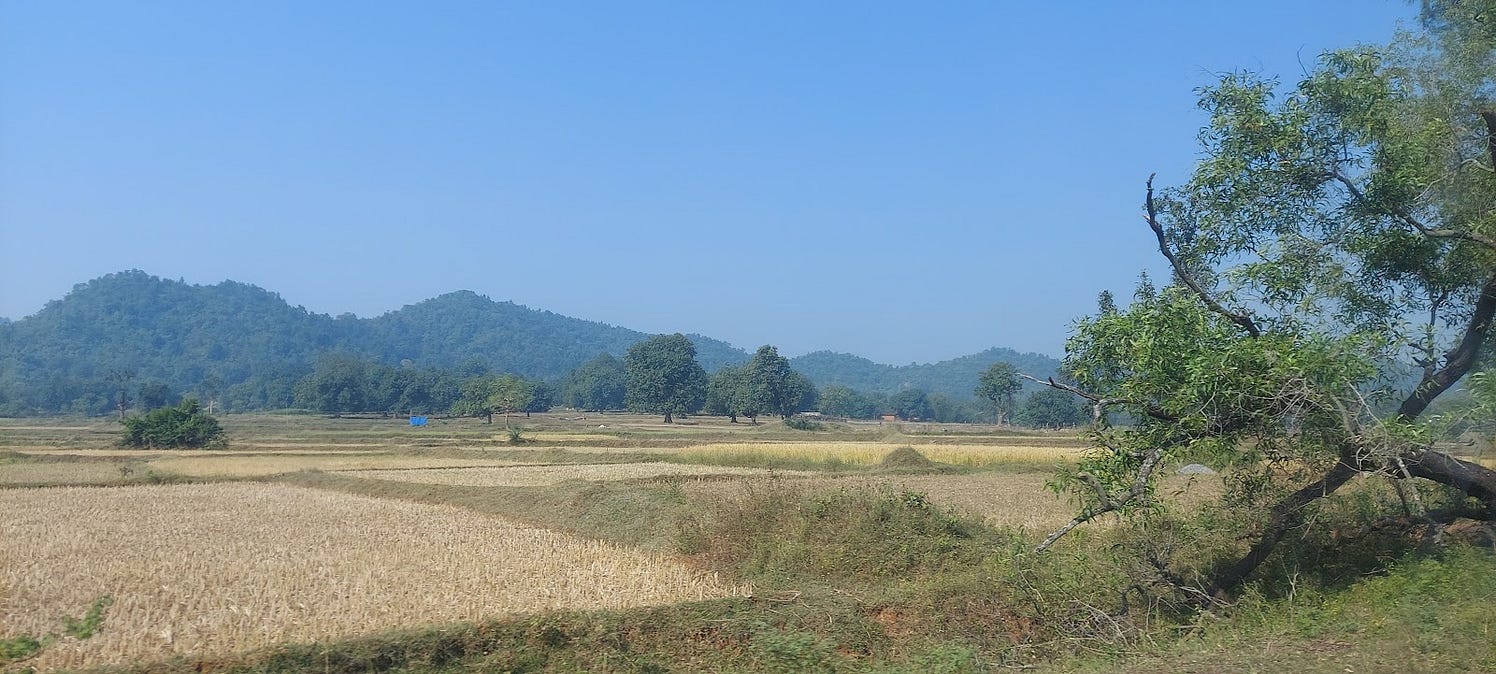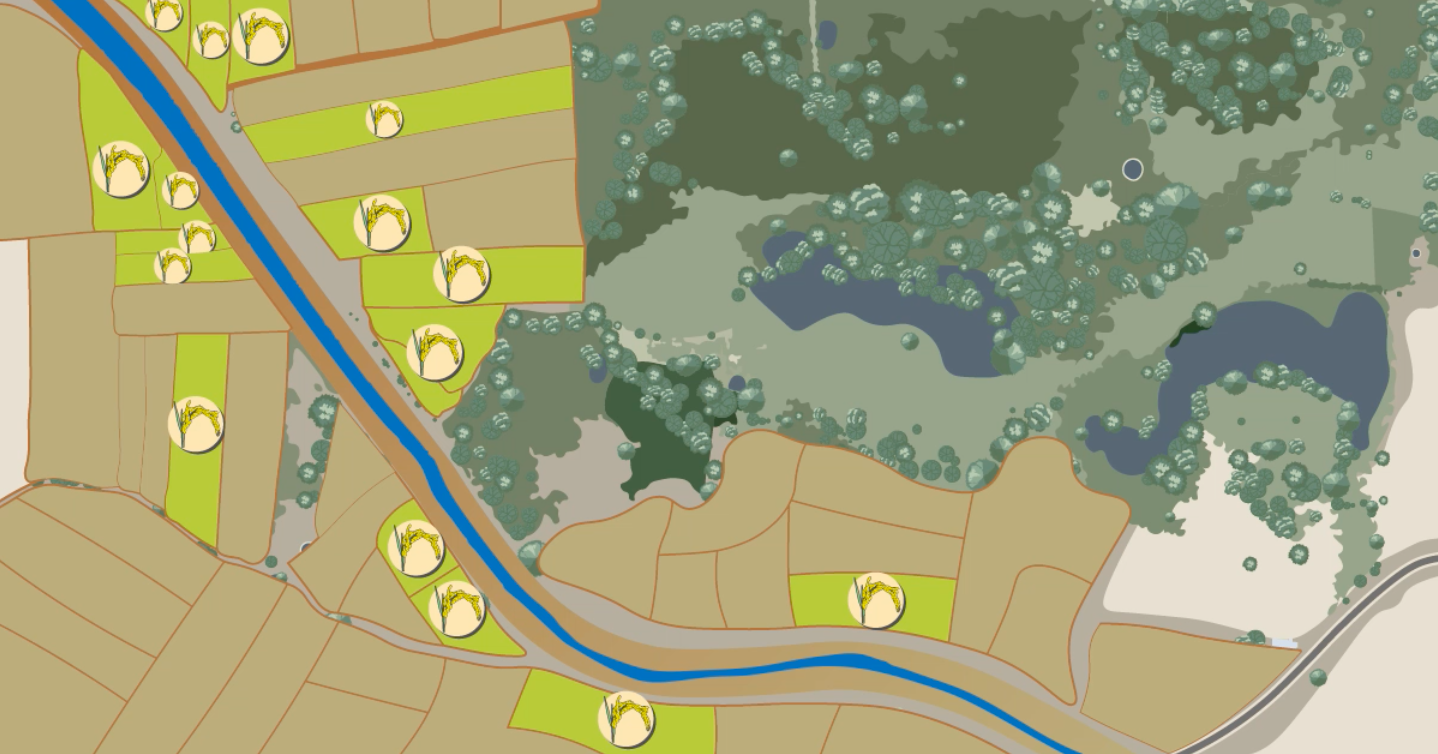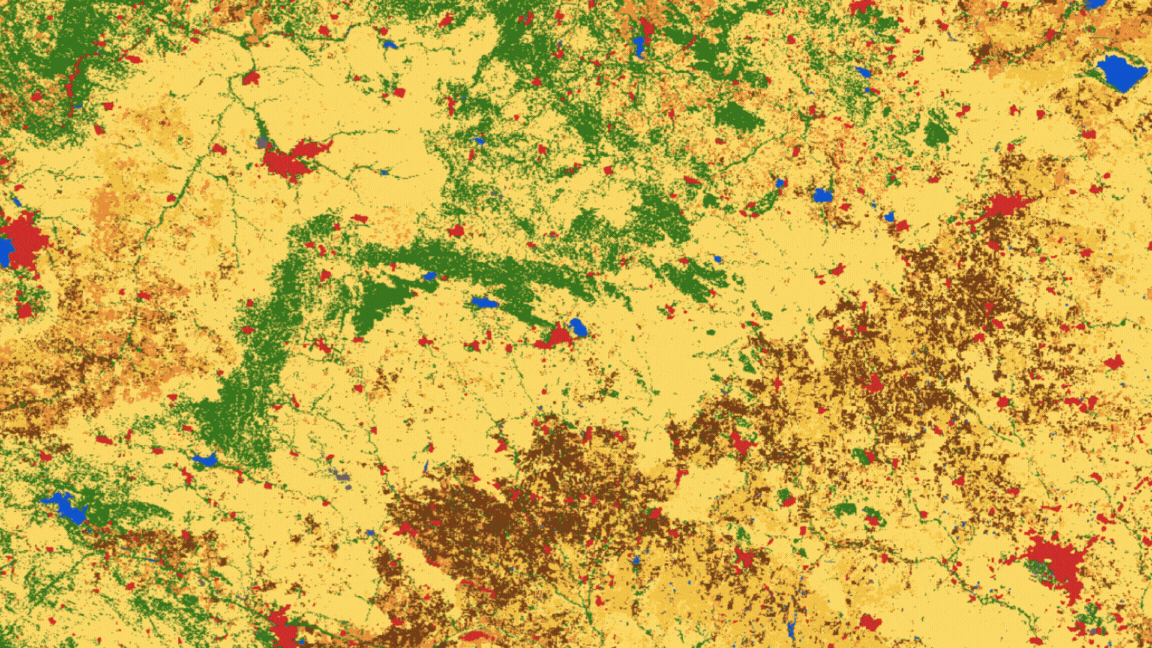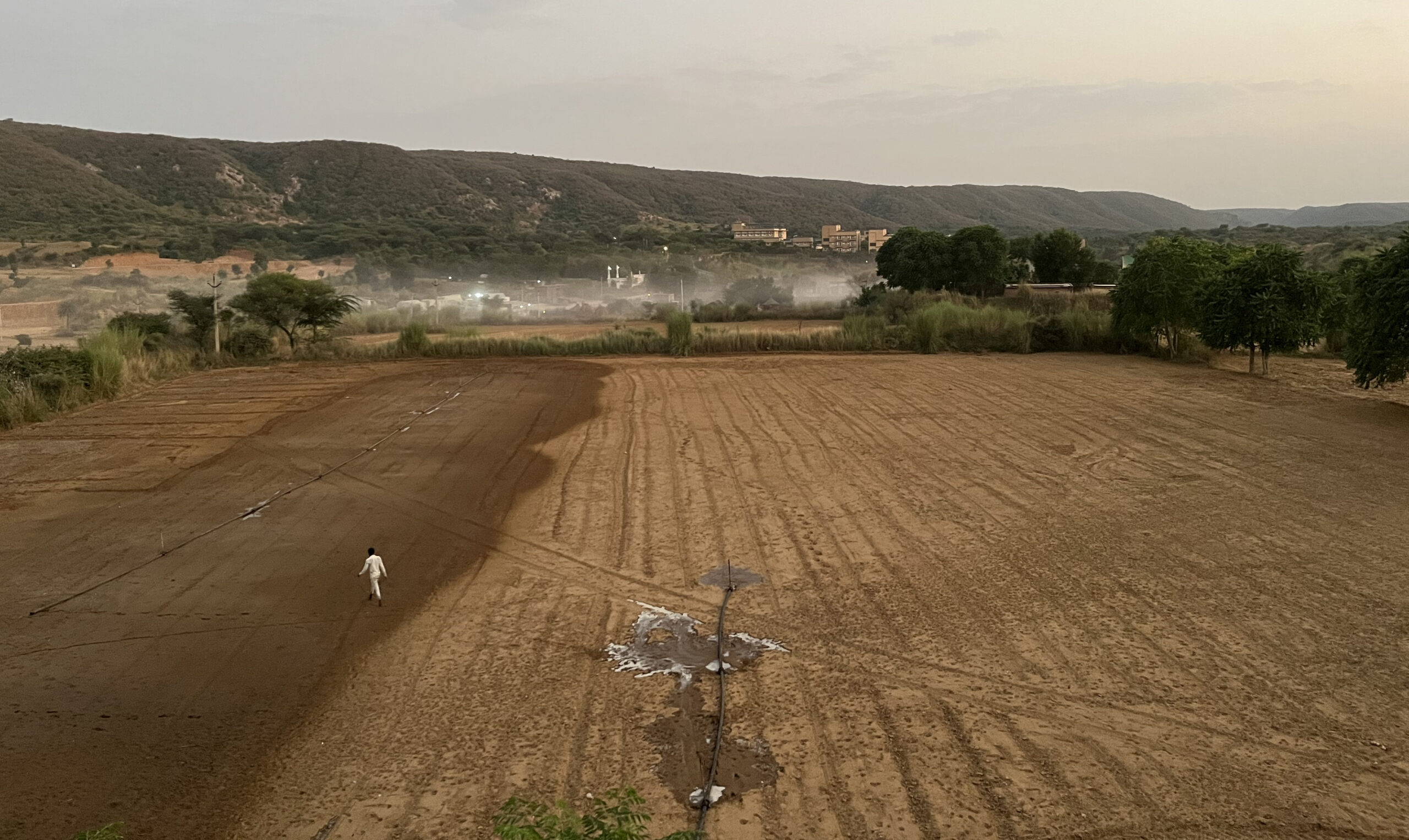A Collective Path to Sustainable Groundwater Use in Semi-Arid India
An aerial view of fields in Rayalaseema. Photo credit: Manram Collective
WELL Labs and EDF recently released a report titled ‘Impact Assessment of Groundwater Collectivisation In Andhra Pradesh and Telangana’. This blog presents key insights and findings from the study, which was conducted by researchers Abhishek Das, Partik Kumar, Vivek Grewal and Gopal Penny.
In the semi-arid region of Rayalaseema in south west Andhra Pradesh, erratic rainfall and prolonged droughts have worsened groundwater depletion, severely impacting agrarian communities. Rainfall is increasingly concentrated in fewer days (35 days with ≥2.5 mm rain on average), compared with approximately 270 dry days (<0.1 mm rain) per year.
With limited canal infrastructure, groundwater has become farmers’ primary source for irrigation. Farmers with borewells irrigate in both the kharif (monsoon) and the drier rabi (winter) seasons, while those without borewells depend on rainfed farming, limiting their yields and income.
In recent years, the number of borewells being dug by farmers has increased significantly. Drilling a borewell is costly (between ₹80,000 and ₹1.5 lakh) and the borewell failure rate is high, due to the nature of granitic hard rock aquifers in the region.
A Collective Approach to Sharing Water in Rayalaseema
To provide economic support to rainfed farmers and reduce competitive borewell drilling, the Watershed Support Services and Activities Network (WASSAN) launched the Groundwater Collectivisation Programme in Andhra Pradesh and Telangana. The initiative helps groups of farmers form ‘water collectives’ to share groundwater through formal agreements.
Within these collectives, borewell-owning farmers agree to share water with their rainfed neighbours under defined conditions. In return, WASSAN helps finance a piped network to carry groundwater across multiple plots. This also includes borewell farmers’ non-contiguous plots that were previously left unirrigated in the rabi season.
The piped system is designed with outlets into multiple fields, ensuring a fairer flow of water even in tough monsoon years. As one farmer in Kumaravandlapalli explained, “Our lands are scattered, but after forming the water collectives, pipelines were extended to reach even the farthest fields.”

The shared pipe network provides irrigation access to plots that were otherwise rainfed. Illustration by Aparna Nambiar
Each groundwater collective agrees to a set of shared rules, including:
- A 10-year ban on drilling new borewells within the group
- A 50% reduction in the area under water-intensive paddy cultivation
- Adoption of water-saving technologies such as drip irrigation
- Regular monetary contributions to maintain the shared pipelines and borewells
- Commitments from borewell owners to provide protective irrigation during key crop stages in kharif and 3-4 times in rabi seasons
Impact Assessment of the Programme
A joint study by WELL Labs and the Environmental Defense Fund evaluated how the Groundwater Collectivisation Programme affected farmers’ livelihoods and water-use practices. Researchers Abhishek Das, Partik Kumar, Vivek Grewal and Gopal Penny used a quasi-experimental design to compare those who participated in the groundwater collective (treatment) with those who didn’t (control). The key findings are summarised below:
- Improved access to irrigation: Farmers participating in the groundwater collective reported improved access to irrigation during the drier rabi season, enabling additional agricultural production. In 2011, before the WASSAN programme, only one-third of farmers cultivated rabi crops. By 2023-24, 51% of groundwater collective members reported cultivating rabi season crops – an 18% increase.
- Reduced cultivation of water-intensive crops: The report categorised crops into low, moderate, and high water-use groups. During the drier rabi season, farmers in the groundwater collective reported a 39% reduction in high water-use crops and a 35% increase in moderate water-use crops. This shift indicates progress toward more water-efficient farming practices. Consistent with this trend, paddy cultivation among collective members declined by 21%.
- Improved farmer income: After the WASSAN programme began, farmers in the groundwater collective reported slightly higher profits compared to non-collective members. Borewell-owning collective members reported a 70% increase in profits, compared to 63% among non-collective borewell owners, while non-borewell collective members reported a 61% increase, versus 53% for non-borewell non-collective members.
- Improved farmer productivity: Groundwater collective farmers reported a modest increase in rabi season yields relative to the control group (non-collective farmers) following the introduction of the WASSAN program. By 2023-24, borewell-owning collective members reported an 83% increase in yield, compared to a 73% increase among the control group.
A couple of factors that led to the success of the programme include:
- Land fragmentation: Borewell owners were able to irrigate their previously unirrigated, non-contiguous plots with the pipeline network, which incentivised them to share with the collective.
- Small and socially-homogenous groups: Collectives were often formed among farmers from the same caste group, creating a base of trust and cooperation.
Potential for Scaling Groundwater Collectivisation in India
The WASSAN model of rewarding cooperation offers a practical way to reduce competition over groundwater and improve livelihoods. By extending irrigation to non-contiguous plots and enforcing rules against drilling new borewells, it promotes both economic and ecological benefits.
To strengthen and scale such efforts, the study makes two main recommendations:
- Work at the aquifer level: For collective management to influence groundwater levels, it must be scaled to the aquifer level. Coordinated rules across all collectives within an aquifer can help prevent over-extraction by neighbouring farmers.
- Use of technology for information sharing and monitoring: Information and communication technologies can help share information and maintain compliance. For example, remote sensing can support large-scale data collection on water consumption and crop choice.
A long-term, multi-dimensional approach that brings together governance, policy incentives, and technological innovation is key to expanding the programme and ensuring that groundwater remains a shared and sustainable resource for generations to come.
Access the full report here.
Acknowledgements
This work was done in collaboration with the Environmental Defense Fund and Watershed Support Services and Activities Network (WASSAN). The report, published in September 2025, was authored by Abhishek Das, Partik Kumar, Vivek Grewal and Gopal Penny.
This blog is authored by Vanya Mehta (WELL Labs), Gopal Penny (EDF), Leah Beaulac (EDF)
and edited by Ananya Revanna (WELL Labs), Ronna Kelly (EDF)
Follow us and stay updated about our work:






